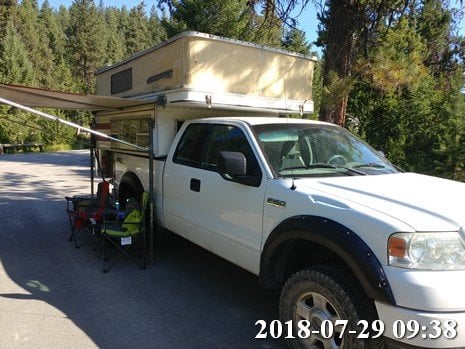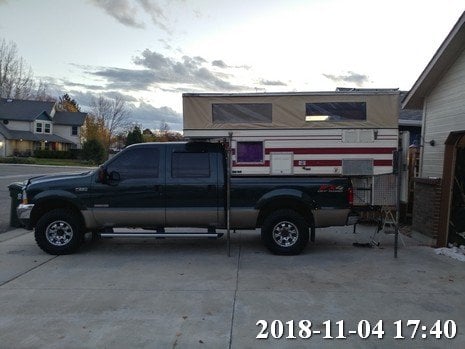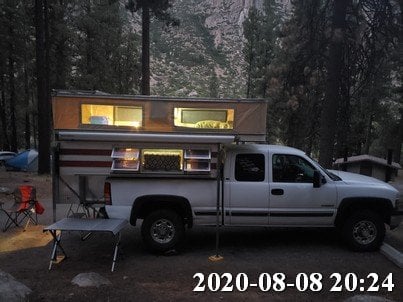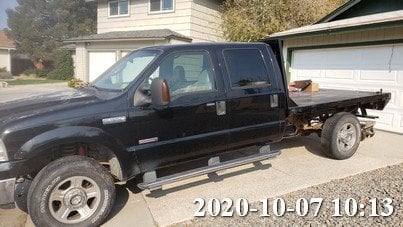True on the loads, and disappointing that they didn't explicitly state the loads in the other tests. But it backs up my point - an F150 with a 1500lb load (plus driver + passenger, which is ball park what an FWC weighs) still stops faster than even an unloaded F250. Similarly a loaded F250 stops faster than an unloaded F350.JaSAn said:Unfortunately, its not same loads:
For loaded F-150 "loaded with 1,500 pounds of rock salt"
For loaded F-250 "When loaded at max payload"
Ford brochure lists 2018 F-250 max payload at 4250 lbs.
Indicates that the F-150 in a panic stop should not be affected by the load of a 1500# camper.
Would be interesting to see what the stoping distance of the F-250 would be with the same 1500# load.
Shorter stoping distance of the loaded F-150 due to rear tires having more contact?
None of this is really surprising as in each truck I am sure the brakes are sufficient to stop the wheels from turning, which is confirmed by the discussion of the ABS. This would indicate that the stopping distance is determined by other factors than the brakes - tires, abs programming, electronic brakeforce distribution programming, and apparently weight.
I doubt the shorter loaded distance on the F150 is actually significant, they don't quantify what the uncertainty is for these tests, but I would be surprised if it were repeatable to 0.1'. But the fact that it doesn't change with load suggests that Ford has a good implementation of EBD in the F150.
The variability between the different models also explains Vic's experience. Some combinations of weights/tires/programming work better than others, and looking at the Tundra, it performs particularly poorly and doesn't have very good 'brake feel'.





